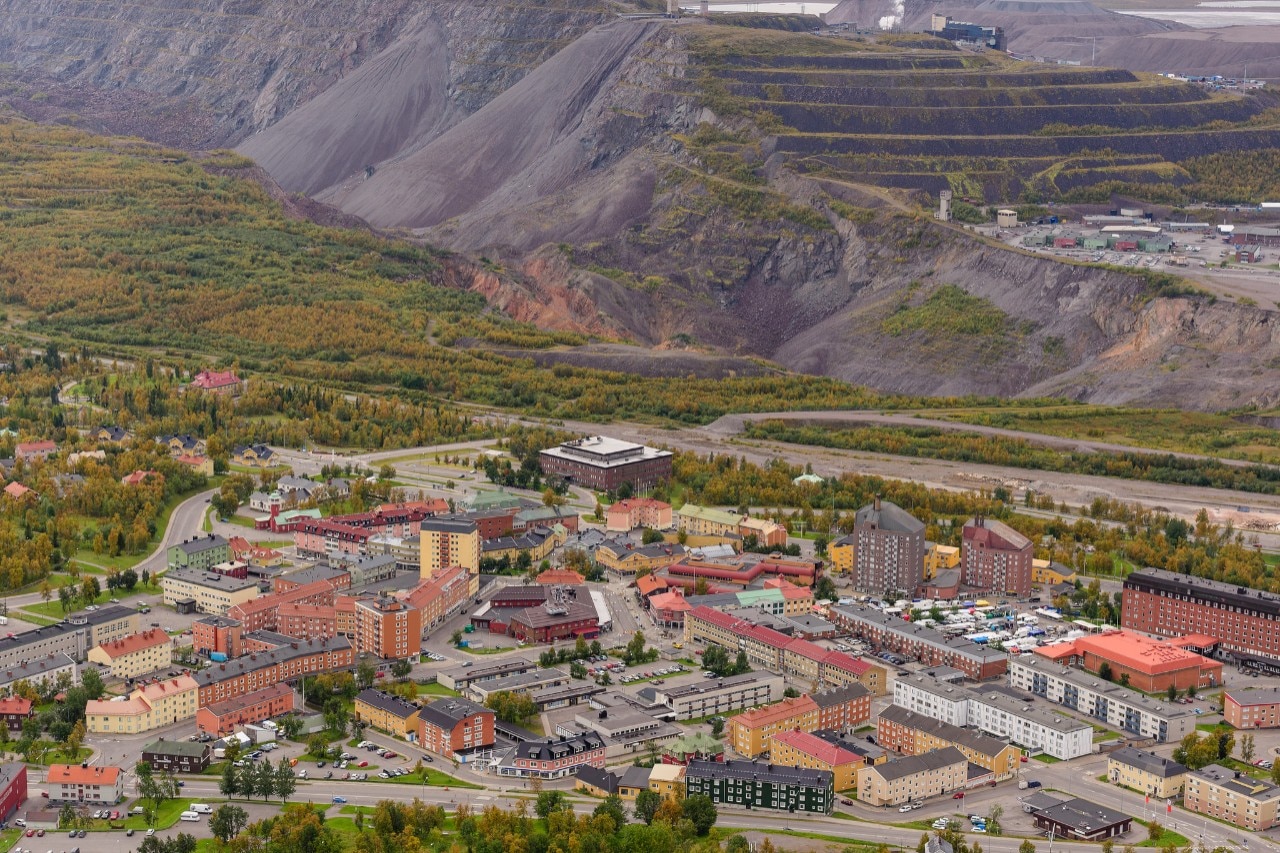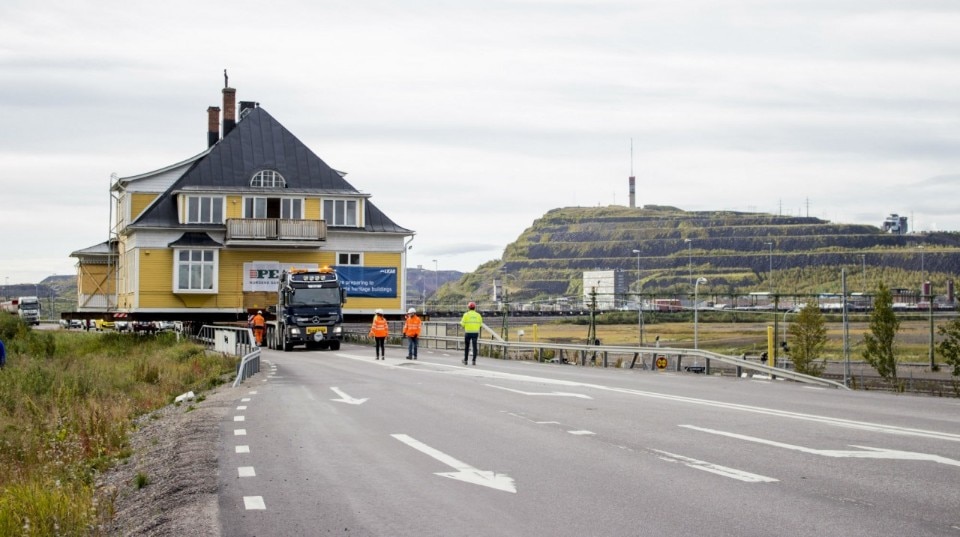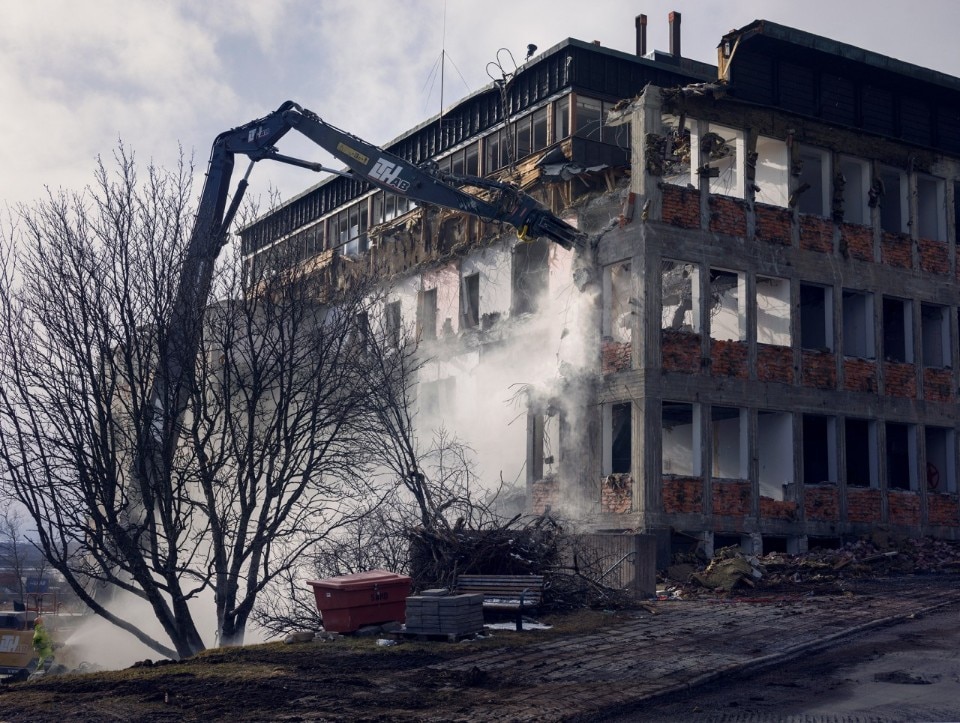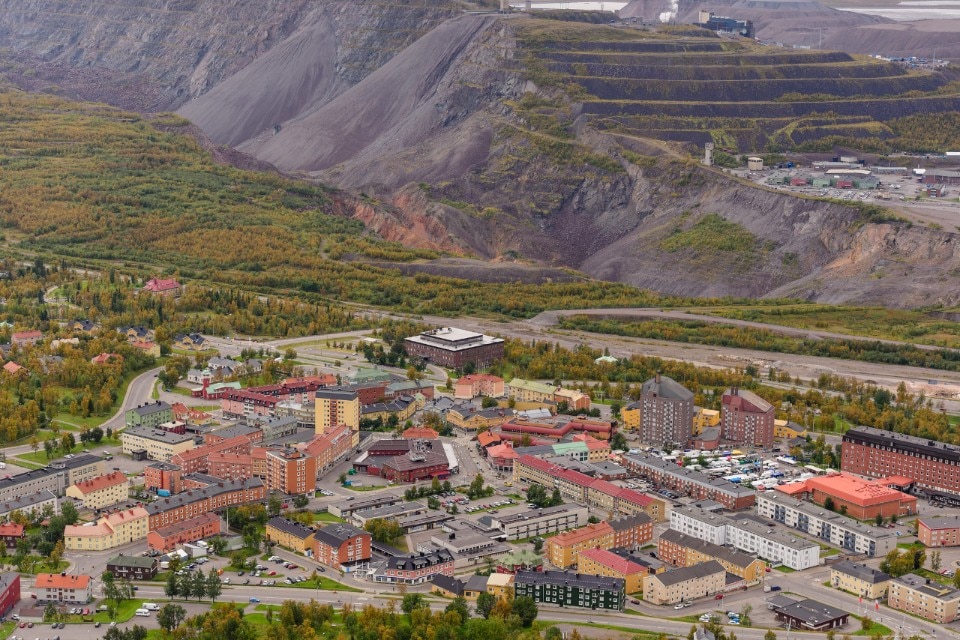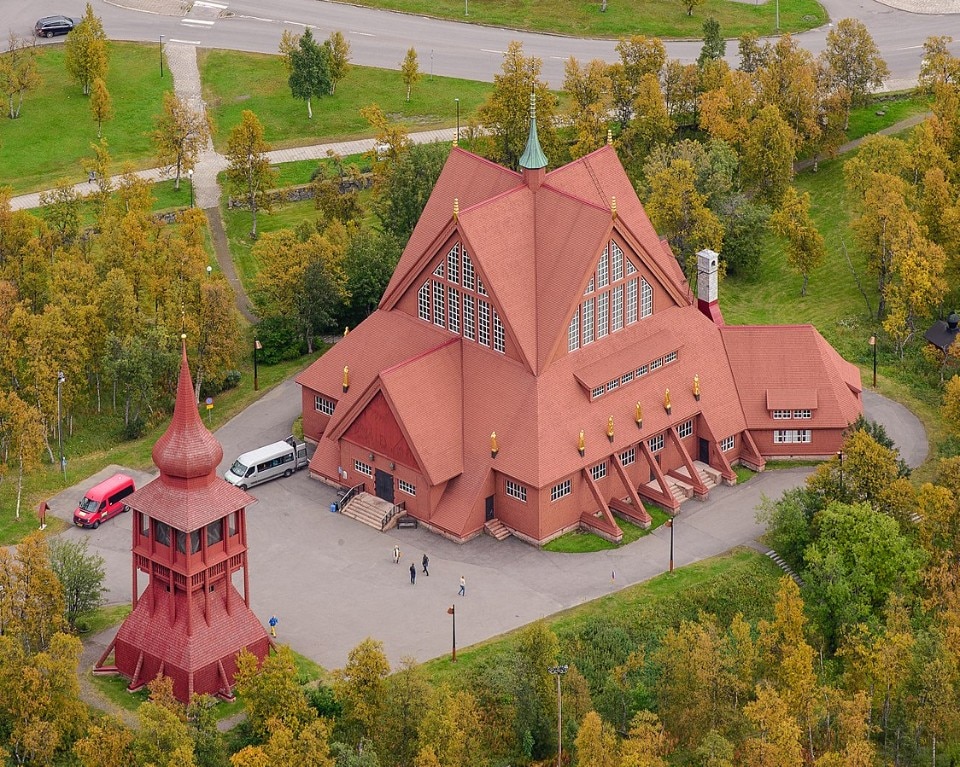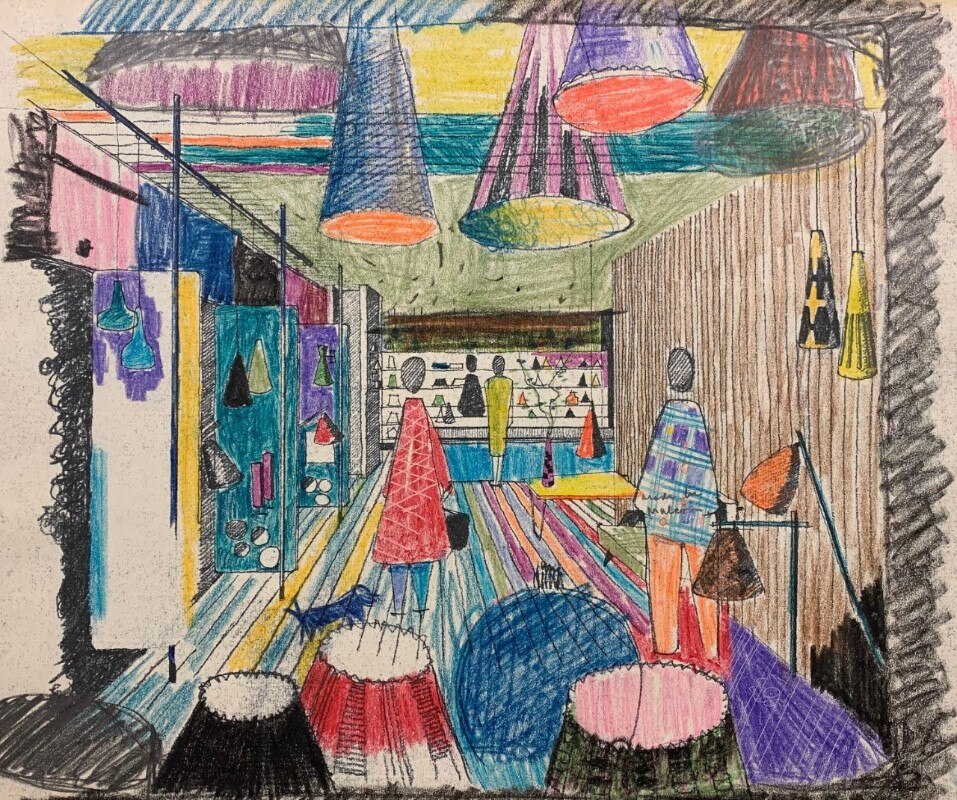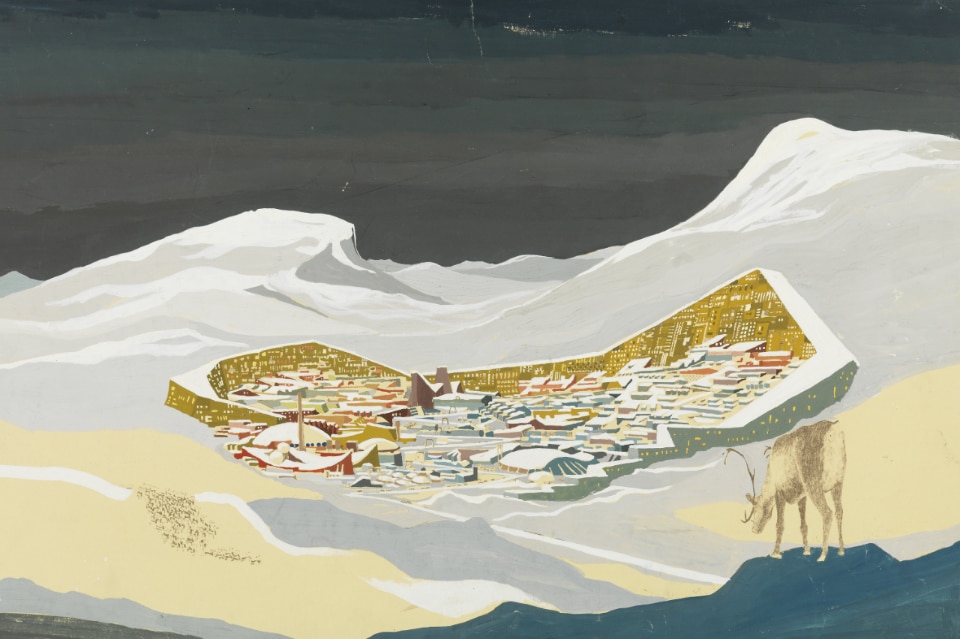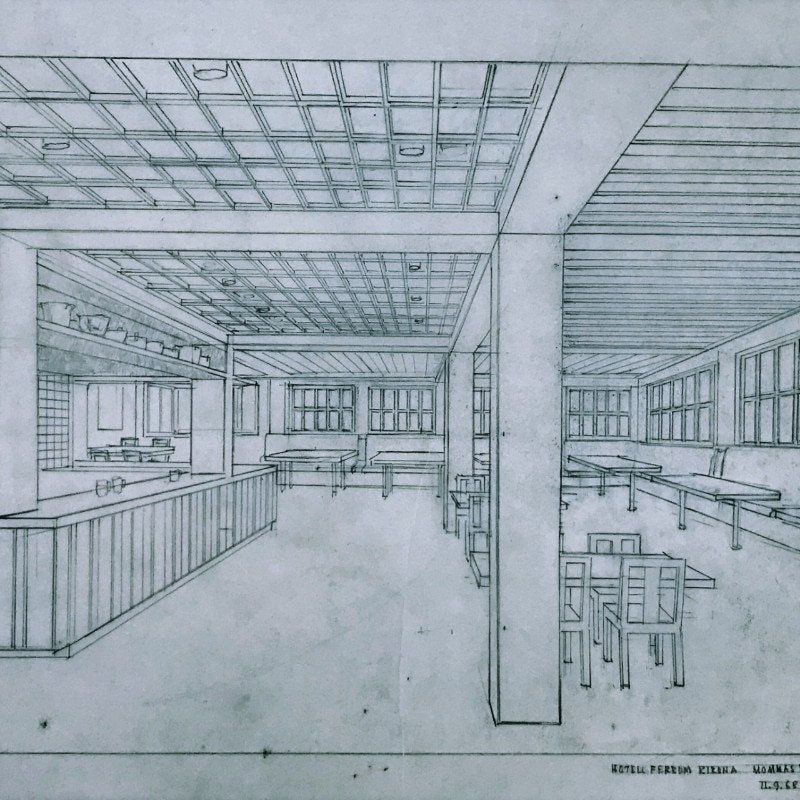If we think of Lapland, the association with snowy forests and landscapes, reindeer and Northern Lights is immediate. If instead we search on Google Images for photos of one of its major towns, Kiruna, we will immediately see this idyllic imagery demolished.
Located 145 km north of the Arctic Circle, the Swedish town of almost 23,000 inhabitants is known to be home to one of the world’s largest iron mines – supplying 90% of Europe’s needs.
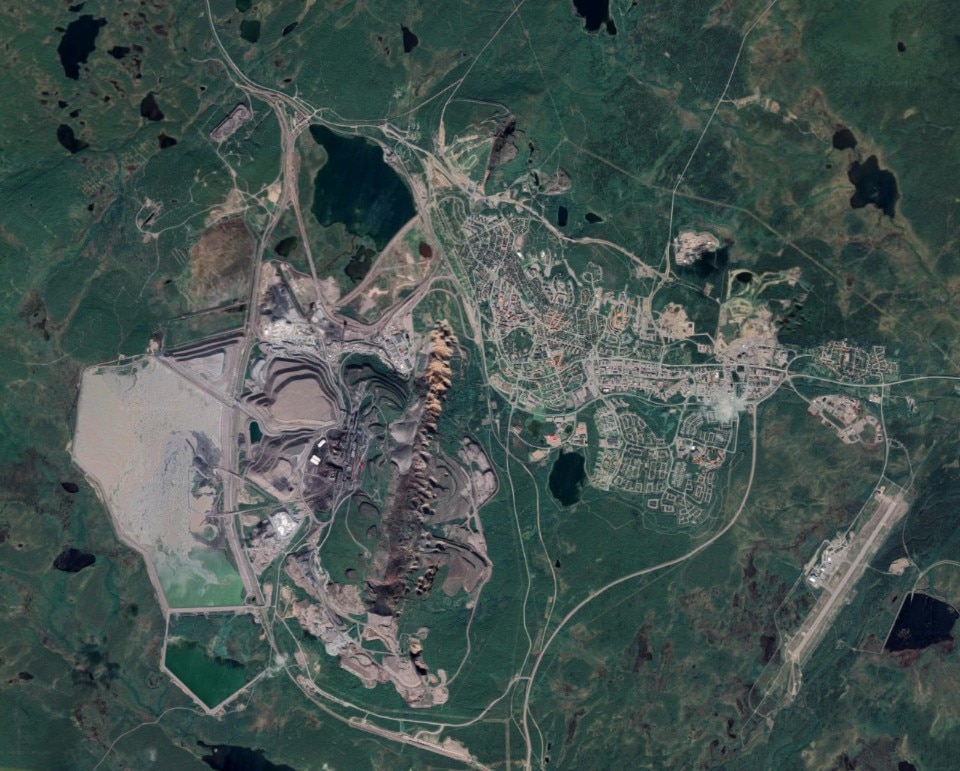
The birth and destiny of the urban settlement are intertwined with those of the mine, not only economically but also environmentally. For more than a century explosions have been shaking the town in the middle of the night, and for the inhabitants of Kiruna those vibrations are normal, they are part of the soundscape of the area. The continuous mining activity is also causing a progressive and inexorable weakening of the ground, which according to geologists has made the city's buildings unstable and no longer inhabitable.
The continuous eastward expansion of the mine has led to a unique and radical urban planning decision in 2004: to move Kiruna by 3 km.
This plan involves the relocation of about one third of the population, reconstruction and displacement of historic houses and facilities. Among the structures that will be dismantled and reassembled is the main church of Kiruna, built in 1912 in Gothic Revival style, and elected in 2011 the most beautiful building in Sweden.
The move officially began in 2014 and proceeds slowly, with the aim of being completed by 2100. “We will move like a centipede. With streets and squares starting to crawl east along the new main street of the city,” said Ulrika Isaksson, from Kiruna Municipality. It is a gradual and continuous work, which has already raised many questions on both the architectural and social fronts.
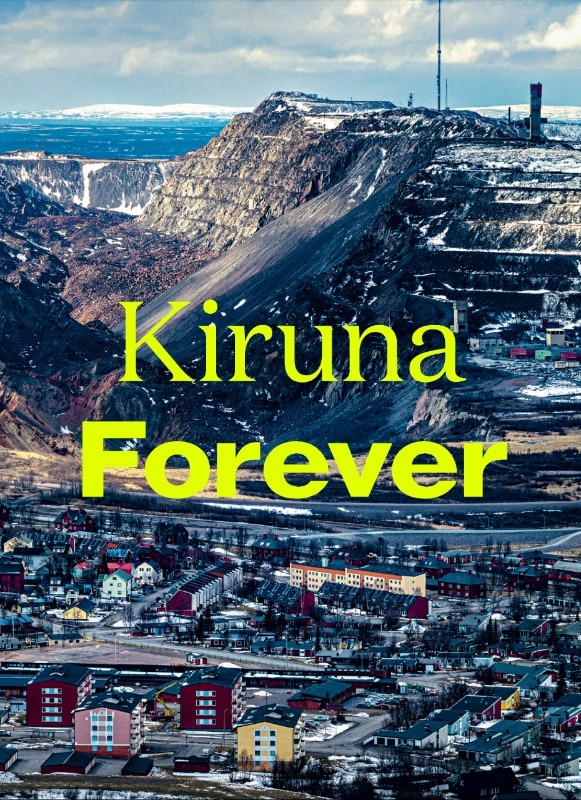
To investigate this unusual urban condition, the ArkDes museum in Stockholm presents the exhibition “Kiruna Forever”, which will open on June 2, 2020.
Curator Carlos Mínguez Carrasco has invited several artists and architects – including Iwan Baan with Anne Dessing and Michiel van Iersel, Design Earth, New Mineral Collective, Studio Folder and Territorial Agency – to address some of the issues related to territorial transformation.
What is the limitation of natural resources? What happens to residents’ identity and security when their homes are demolished? How do we decide whether cultural heritage should be preserved or sacrificed? How does the relocation affect the lives of the Indigenous population, the Sámi? How permanent are the cities we live in?
- Exhibition:
- Kiruna Forever
- Opening dates:
- 2 June 2020 - 7 February 2021
- Curator:
- Carlos Mínguez Carrasco
- Assistant curator:
- Sujy Lee
- Exhibition production:
- Johanna Fogel
- Exhibition design:
- Pernilla Ohrstedt
- Graphic design:
- Magdalena Czarnecki
- Digital communication:
- Justina Hüll


